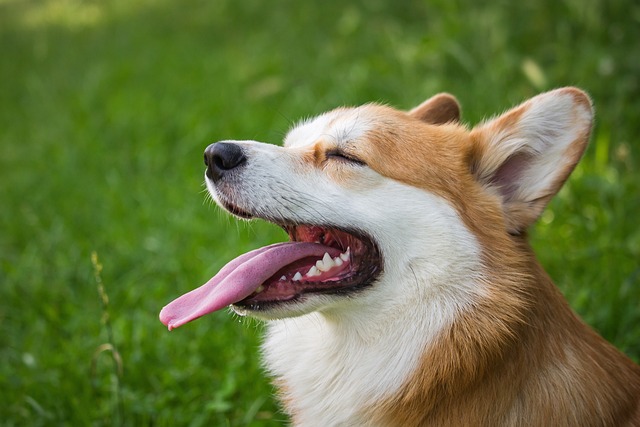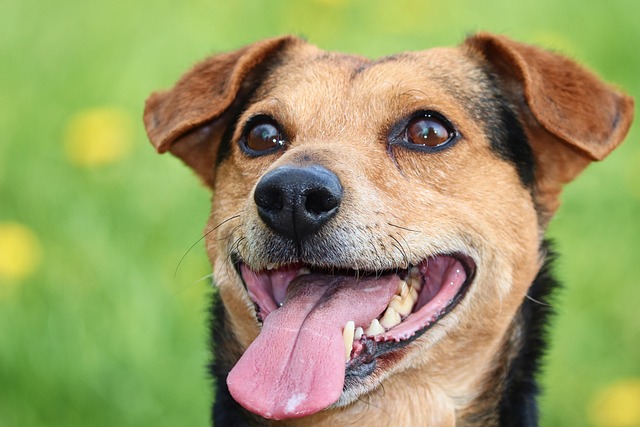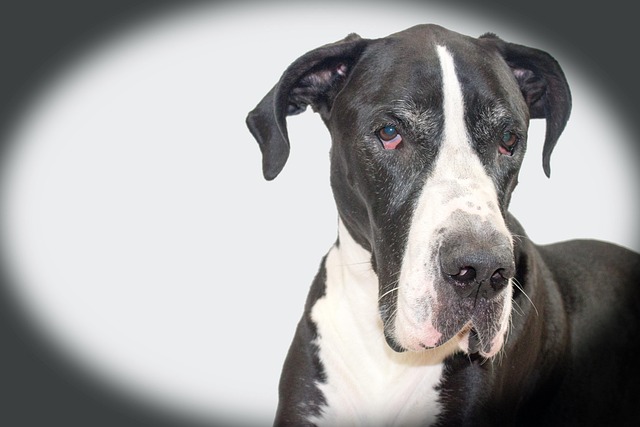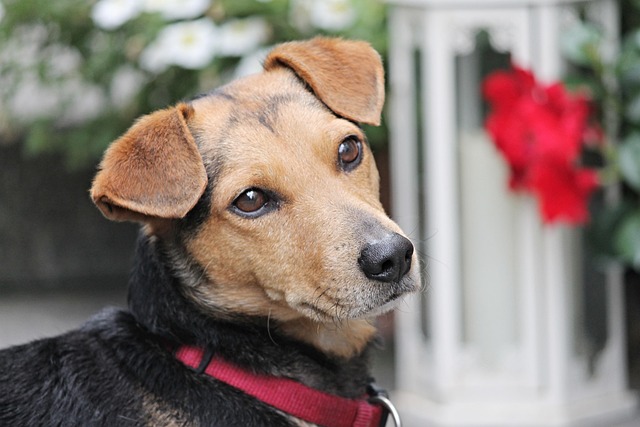
Will pumpkin help a dog pass obstruction?
When a dog that is usually lively and active suddenly loses its appetite, becomes listless, or even vomits frequently, every pet owner will be worried that it is intestinal obstruction, a "health killer".
When we joyfully bring a lively and adorable dog home, we embark on a journey full of love and companionship. During this journey, the dog gradually grew up from a young puppy, becoming mature and steady, and we also got used to their companionship. However, time flies and dogs will eventually enter old age. So, when will dogs enter old age? This is a concern for every dog lover, and understanding it can help us take better care of them and accompany them through their happy old age.
The time for dogs to enter old age is not fixed and is influenced by various factors, among which breed and body size are two key factors. Generally speaking, small dogs have a relatively long lifespan and may enter old age around 8-10 years old. Small dogs like Chihuahuas and Pomeranians may experience a gradual decline in their physical abilities at this age, but their changes may be relatively slower compared to larger dogs. Small dogs may experience a decline in vision and hearing in old age, causing their previously sensitive senses to become less sensitive and their response to the surrounding environment to become slower. For example, in the past, when the owner called, they would quickly run over, but now they may need to shout a few more times to have a response.
Medium sized dogs typically enter old age around 7-8 years old. Mid sized dogs such as Border Collies and Shiba Inu may gradually show joint problems at this age. They may become less agile when going up and down stairs, running and playing, and may even experience slight limping. This is because as they age, their joint cartilage wears down, joint fluid secretion decreases, leading to joint pain and limited mobility.
Large dogs have a relatively short lifespan and may enter old age at around 5-7 years old. Large dogs such as Golden Retrievers and German Shepherds experience more noticeable physical changes at this age. Their muscles will gradually atrophy, their physical strength and endurance will decline significantly, and they will no longer be as energetic as they were when they were young, preferring long periods of quiet rest. Moreover, large dogs are at an increased risk of developing heart disease, bone diseases, and other conditions in old age.

In addition to breed and body size, the lifestyle habits and health status of dogs can also affect the time they enter old age. A dog with a regular lifestyle, healthy diet, regular exercise, and regular veterinary check ups can often maintain good physical condition, but the time to enter old age may be relatively delayed. On the contrary, if a dog has a long-term unbalanced diet, lacks exercise, or suffers from chronic diseases, it may accelerate the aging of the body and enter old age prematurely.
When dogs enter old age, we will find many obvious changes on their bodies. Visually, their fur will gradually turn white, especially the fur around their mouth and face. Once smooth and shiny fur will also become rough, dry, and lose its luster. Teeth can also experience wear, looseness, and even loss, which can affect their appetite and lead to decreased appetite.
In terms of behavior, elderly dogs will become quieter and no longer be as mischievous and active as they were when they were young. Their sleep time will increase, their activity level will decrease, and their interest in playing will also decrease. Moreover, the memory and cognitive abilities of elderly dogs may also decline, leading to situations such as getting lost or forgetting their owner's instructions. For example, a dog that used to be able to accurately locate its own kennel may now wander around the house without finding its direction.
Faced with dogs entering old age, we need to give them more care and attention. In terms of diet, it is important to choose dog food specifically designed for elderly dogs. These dog foods are usually nutritionally balanced, easy to digest, and contain rich joint protective ingredients such as glucosamine and chondroitin, which can help alleviate joint pain. At the same time, it is necessary to adjust the feeding amount reasonably according to the dog's appetite and physical condition, in order to avoid overfeeding and obesity.
In terms of living environment, it is important to create a warm, comfortable, and safe space for elderly dogs. You can lay soft cushions in their nests to make them rest more comfortably. Avoid letting them sleep on cold floors to prevent joint pain. In addition, it is important to maintain a quiet and stable environment and reduce external stimuli, as older dogs have more sensitive senses and are more susceptible to fright.
It is also very important to regularly take elderly dogs to see a veterinarian. Veterinarians can detect potential health issues in dogs through examinations and provide appropriate treatment and advice. For example, regular blood tests, X-ray examinations, etc. can help us understand the physical condition of dogs and prevent and treat diseases in advance.
Dogs are our most loyal companions, accompanying us throughout our lives and bringing us endless joy and warmth. When they enter old age, we should take care of them with our hearts and accompany them through the last moments of their lives. Let us cherish every moment spent with dogs and add warmth and happiness to their later years with love.

When a dog that is usually lively and active suddenly loses its appetite, becomes listless, or even vomits frequently, every pet owner will be worried that it is intestinal obstruction, a "health killer".

When we caress the furry ears of dogs and enjoy the warm moments of cuddling up with each other, our hearts are filled with happiness.

When we see the dog frequently shaking its head, scratching its ears, and even having red and swollen ears with an unpleasant smell,

When we pick up the scissors and prepare to trim the hair of our furry babies at home, we are full of expectations and a little nervous. Looking at the trusting eyes of the dogs, we all hope to create a comfortable and beautiful look for them.

When the dog was found squatting in the corner, struggling hard but unable to excrete feces, its lively eyes were filled with discomfort and helplessness,

Watching the dog lying weakly on the ground due to diarrhea and vomiting, with its originally lively eyes losing their luster, every owner's heart feels as if it's being tightly gripped.